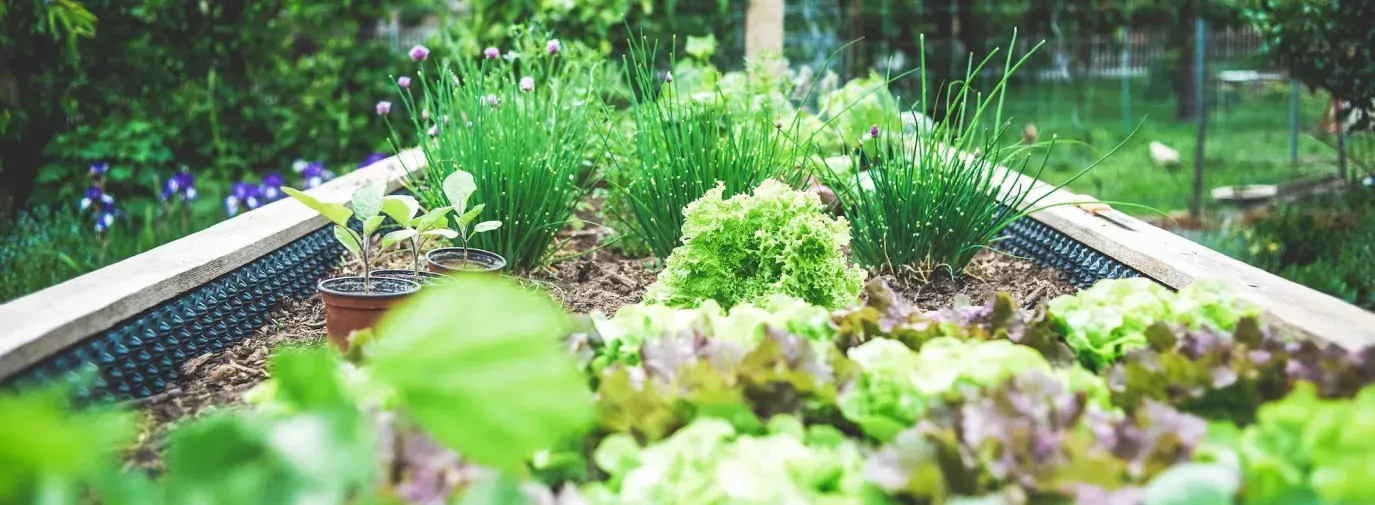
Whether you’re a beginning gardener or seasoned expert, this Climate Victory Gardening toolkit is for you. The toolkit begins with a bit of history and context. It also revisits the basic science of how your garden sequesters carbon to fight climate change. Knowledge is power, but practical advice is important too.
In this toolkit, you’ll find 10 practices with tangible actions that you can implement in your own garden, today. You’ll also find a timeline with suggested steps to take before, during, and after the growing season. Ways to connect with other gardeners and resources for deeper dives into many topics also come at the end of this toolkit. You can find more information at our website. Or, feel free to contact us with questions at ClimateVictoryGarden@GreenAmerica.org.
You can also download the PDF here.
Toolkit Contents
Rooted in History Food as a Solution How It Works Carbon-Capturing Practices
Growing a Climate Victory Garden Health Benefits Joining the Movement Resources
The History of Victory Gardens
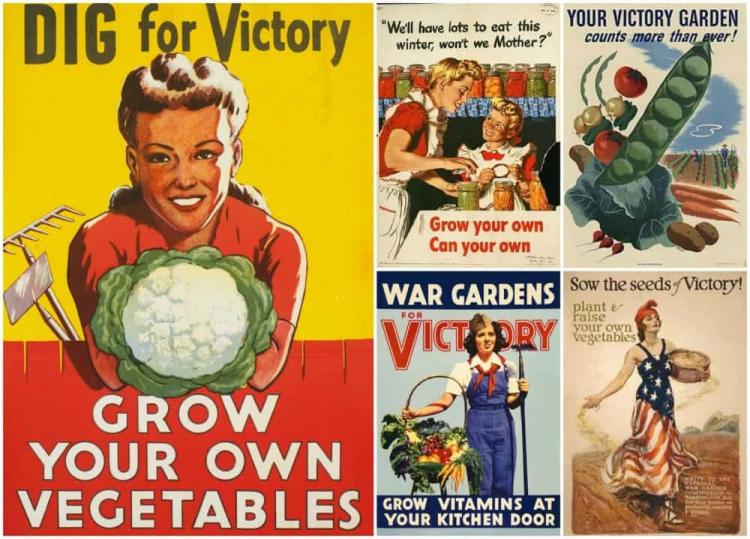
During the victory garden movement of World Wars I and II, Americans planted gardens to feed and support both their local communities and troops overseas. These efforts were wildly successful. By 1944, nearly 20 million victory gardens produced 8 million tons of food—around 40 percent of the fresh fruits and vegetables consumed in the U.S. at the time. This incredible show of grassroots organizing and community efforts are the inspiration for today’s Climate Victory Garden movement.
The time has come when citizens can again use their gardens as a force for good—this time to fight climate change. Garden movements empower and inspire action at the individual and community level. These grassroots efforts chip away at much larger issues that otherwise may seem overwhelming and out of reach. And, if millions of people plant Climate Victory Gardens, it will have a significant impact on climate change. Both then and now, change is possible through the food system.
Food as a Solution
Our global food system is a major player in climate change. It contributes up to 29% of greenhouse gas emissions. It doesn’t have to be like this.
Food grown using regenerative methods can be part of the climate change solution, rather than a major contributor to the problem. In fact, research from the Rodale Institute shows that regenerative methods—widely adopted—could sequester more than 100% of current carbon dioxide emissions.

Climate change is already having devastating effects around the world. The most recent Intergovernmental Panel on Climate Change report makes clear that we only have 12 years to meaningfully address climate change. We need action at all levels, from the largest institutions down to the community and individual level. Green America’s Center for Sustainability Solutions is working with the supply chains of food companies—large and small—down to the farm level to institute regenerative practices over the next decade. Climate Victory Gardens give individuals and communities the opportunity to fight climate change on the ground and in their backyards, in the very soil beneath their feet—today.
Throughout the U.S. we have 40 million acres of lawns. Lawns are water hogs, they leach chemicals into freshwater sources, and they sequester very little carbon. Imagine if just half of these lawns were converted to Climate Victory Gardens. We’d sequester massive amounts of carbon and grow healthy food for millions of Americans.
How? It’s all about soil health.
How Climate Victory Gardens Work
Plants use the sunlight’s energy to turn carbon dioxide into the sugars it needs to grow. This may sound familiar—it’s a process called photosynthesis. All crops grow this way, and all crops pull carbon out of the air. Some of this carbon is used to form the basic building blocks of growing plants and their roots. Some is released underground through roots to feed the abundant soil communities — earthworms, bacteria, fungi, and millions of other species. In turn, these organisms build healthy soil and provide nutrients for the crops.
Carbon is important and necessary for growing healthy food. But if all agriculture pulls carbon from the air, why do we need Climate Victory Gardening?
It’s important that sequestered carbon stays underground, where it contributes to soil health rather than reentering the atmosphere as a greenhouse gas. Conventional farming and gardening practices often lead to soil depletion and low soil carbon levels, while Climate Victory Gardening uses methods that minimize soil disturbance and improve the soil’s ability to hold carbon.
The healthier the soil, the better it is at keeping carbon underground (and growing food!).
10 Carbon-Capturing Practices
Whether you’re an experienced horticulturalist or novice gardener, these simple practices can be integrated into any plot. Here’s what you can do to transform your garden into a Climate Victory Garden. While we understand that not all of these practices can be implemented everywhere by everyone, we encourage you to do your best and commit to incorporating as many into your garden as possible. And, over time, we hope that you will be able to adopt them all.
Click on either image below to view our handy 10 Carbon-Capturing Practices Infographic.
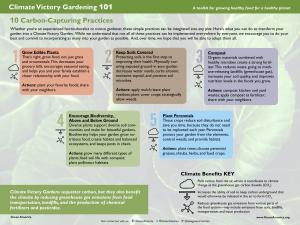
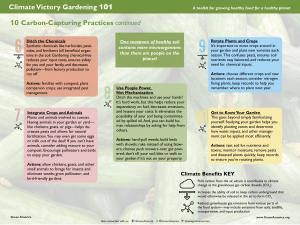
Growing a Climate Victory Garden
Everyone’s gardens are going to look different, so it’s hard to give specific steps on how to either start or convert an existing plot into a Climate Victory Garden. But, we hope the steps below will help you get started. Think of this as a very loose timeline, with actions to take during three different times: before, during, and after your main growing season.
PRE-SEASON: PLANNING
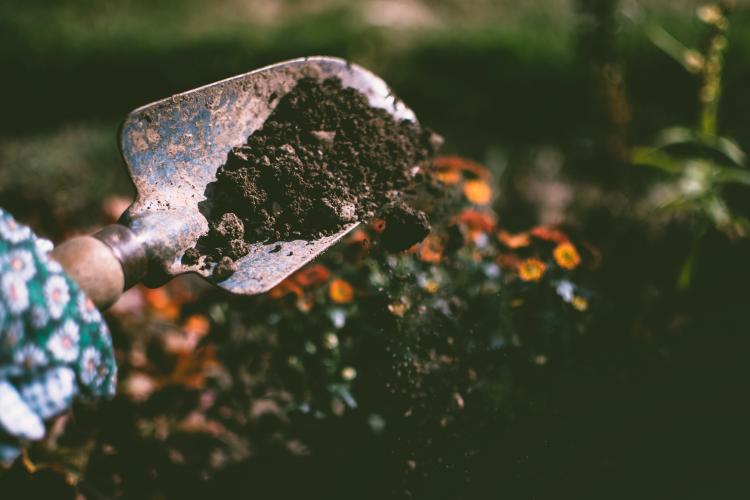
Many gardeners think they can skip this, but it’s one of the most important and involved steps in the process, especially when you’re considering carbon capture.
- Choose your site. Consider zoning laws, HOA restrictions, exposure to the elements, sun and shade, and previous uses in that area. It’s especially good if you can see your garden from the kitchen window so you’re reminded to harvest and care for your garden often. If you don’t have space at your home, consider community or school gardens, city allotments, or join a neighbor in their efforts!
- Test your soil. This is a good way to figure out what may be lacking in your soil. Soil tests also identify possible toxins that you don’t want in your food. If you’re interested in comparing soil carbon levels year-to-year, you can test for that too.
- Build garden beds. Consider beds narrow enough to reach the middle, so you’re not stepping on and compacting your healthy soil. Transfer soil from paths to beds to build them up and delineate clear walking areas. Where possible, use permeable materials if you want a “paved” walking area. Don’t go too big on your first garden, they can be more work than expected (try 10 square feet if you’re a first-time gardener).
- Build your soil. Remember that this takes time and should be done throughout the year, but it’s easiest to apply compost, manure, and natural amendments before planting for easier integration into the soil and less disturbance of your plants. You’ll know what amendments to add based on your soil test. And, you can always be working on your compost.
- Choose your seeds/plants. You may choose your favorite vegetables, produce with a high price tag in the grocery store, easy beginner veggies, or coordinate with your neighbors. Consider native plants and those best adapted for your area. Learn your planting zone and choose seeds that thrive in your zone. Explore companion plants and those that add nutrients to your soil. You can find seedlings at your local nursery, but quality may be an issue, so grow from organic seeds when you can.
- Sketch a plan. Physically measure the outline of your garden/beds and sketch on a piece of paper (it doesn’t have to be pretty, consider using the ratio of 1 square inch on the paper to 1 square foot in the garden). Read your seed packets closely to determine plant spacing needs and draw this onto your sketch. Space is one of your plants’ most important resources; use your sketch as a map during planting and keep it to ensure you’re rotating plants next year.
DURING THE SEASON: PLANTING AND MAINTAINING
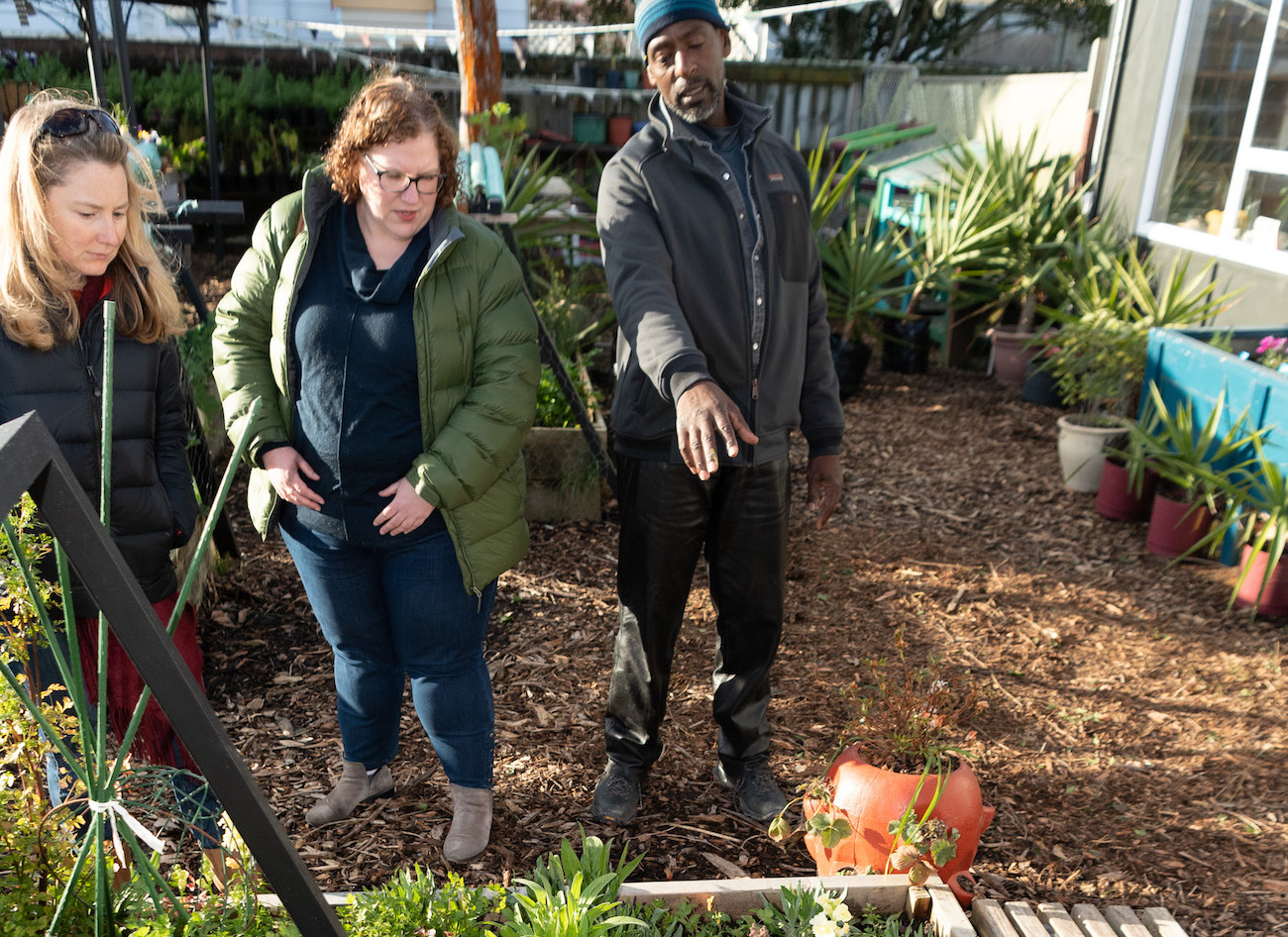
The Gangsta Gardener, Ron Finley, August 17-20 2018 photo: US Embassy
This is what comes to mind when many think of gardening. Successful planting depends on careful planning, so don’t start this until you’ve closely considered the steps above.
-
Know your frost dates. Most seed packets have information about when to plant seeds, often written as “# of weeks before/after last frost.” In some parts of the country, this will mean starting some seeds indoors.
- Plant your seeds. Depending on where you live, you may want to invest in some indoor growing lights, a spray bottle for watering, and seedling trays to get a head start on spring. Plant more than you think you’ll need, as you should expect some losses during this fragile phase. Share any extras you have in seed/seedling swaps. Transplant your seedlings or plant your seeds outside according to seed packet information or planting calendars. Remember to disturb the soil as little as possible to ensure it retains carbon.
- Maintain. This is the daily work of weeding, watering, monitoring for pests, composting, and harvesting. Remember to only remove weeds that may harm plant growth; the others add biodiversity and coverage for your soils. Revisit the Climate Victory Gardening practices on pages 5 and 6 and integrate into your daily practices. Team up with neighbors to share and help out. Experiment to find what works for you and your garden.
- Observe. Continue adding to the plan/map you made at the start of the season. This observing can be done in the form of journaling, photographs, sketches, notes on your calendar, and there are even phone apps for this. Many find it useful to have a physical notebook for taking notes in the garden. Look for plants thriving or failing, pests, moisture levels, sunlight, etc. Dates are important too.
POST-SEASON: PREPARATION
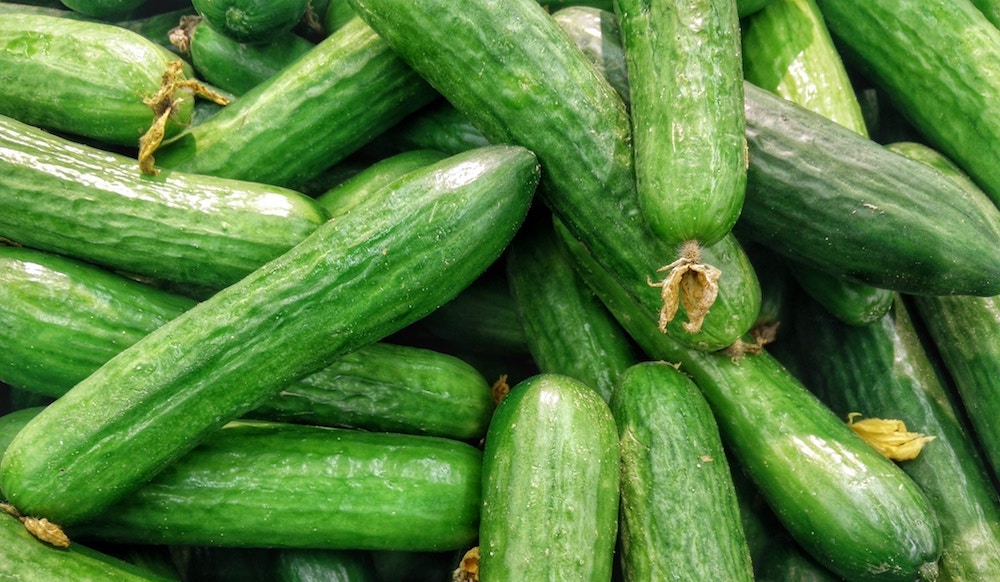
After the excitement of summer harvesting is over, it’s time to prepare your garden for the winter and future growing seasons.
- Save for the future. If you’ve allowed plants to go to seed or fruit to stay on the plant, consider saving these seeds. You can preserve excess harvest by freezing, drying, or canning. Or, share with friends.
- Update your sketch. Things change over the course of the season, so be sure to update your garden sketch to have the most accurate representation for starting the process again next year.
- Cover soils. The easiest thing here is to leave plant residues, that is, the spent plants from the growing season. You can also add mulch, straw, leaves, or grow cover crops if your weather allows for it. It’s a good idea to add compost before snow falls. Continue to maintain your compost during the off-season, so you’ll have plenty to start with next year.
- Prepare for spring. You have all winter to research new varieties, and many gardeners find great joy in perusing seed catalogs as research. Review your sketches, notes, and journals to determine what plants and/or methods didn’t work, and plan accordingly for next year. Create long-term goals for your soil and reevaluate goals for the season passed. Consider what carbon-sequestering methods you used and how to improve upon these.
Health Benefits
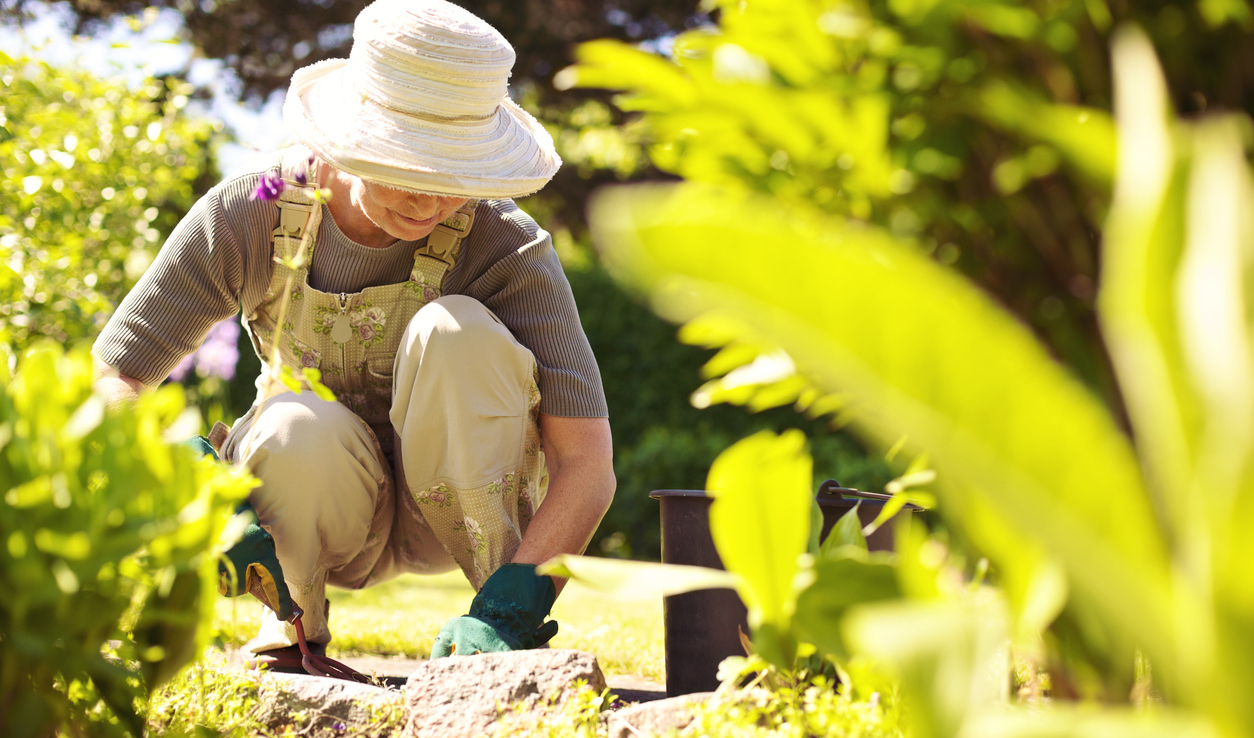
In addition to providing nutritious foods, beautiful landscapes, and carbon sequestration, gardening offers a variety of health benefits. There is so much to gain from gardening, whether you are just starting your very own garden or you have been doing it for years; there may be more to gain than you realized. There is increasing evidence that gardening provides substantial health benefits.
- Stimulates hands-on learning
- Tunes motor skills
- Raises social-responsibility awareness
- Supports stress release
- Engages the creative process
- Helps keep the brain young l Boosts immunity
- Provides social opportunities
- Builds a sense of community
- Reduces food insecurity
- Connects people to nature
- Promotes exercise
- Improves mental health
- Increases exposure to Vitamin D
- Decreases risk of dementia
Engaging children in gardening promotes learning, supports development of new skills, strengthens social interactions, encourages environmental appreciation, and improves focus—all while encouraging them to eat healthier. Whether the garden is located in the backyard, at school, at church, or in pots on an apartment balcony, kids who are engaged in the process develop a sense of confidence and ownership that connects them to their food.
Joining The Movement
Climate Victory Gardening is a movement that’s happening in your community, across the country, and even online. Enrich your experience by getting involved on each level.
Your Community
- Commit to carbon-sequestering practices in your own garden.
- Talk to your local garden groups or community garden about sequestering carbon and building healthy soils.
- Consider starting a garden in a public/open access space so more people can experience and enjoy its benefits.
- Explore partnerships with institutions (schools, hospitals, workplaces, etc.).
- Gardens at these institutions can have a positive impact on peoples’ psychology, while also sequestering carbon and preventing water run-off.
National
Join others around the U.S. (and world!) in your commitment to carbon-sequestration by registering your garden online. Search our map to find your fellow gardeners all across the country, or even in your own neighborhood.
Online
Partake in discussions on the Climate Victory Garden facebook group, where gardeners share best practices, ask questions, and brag about their gardens
Resources
We hope you’ll be able to get your Climate Victory Garden started with this toolkit. But, there are many more resources that can help you take your understanding and adoption of carbon-sequestering techniques to the next level.
- Curious about Climate Victory Gardens? Green America’s Climate Victory Gardens Campaigns
- Wondering who to contact about testing your soil? Cooperative Extension Services
- Concerned about contaminated soils? Soil Safety Resource Guide for Urban Food Growers
- Excited about seeds? Free Garden Seed Catalogs and Online Plant Sources
- What growing zone are you in? USDA Plant Hardiness Zone Map
- Looking for your frost dates? First and Last Frost Dates
- Need a timeline for planting seeds? Planting Calendar: When to Plant Vegetables
- Unsure of what food perennials to plant? 20 Perennial Vegetables
- Searching for plants that help each other? Companion Planting Chart for Vegetables
- Interested in saving seeds? Seed Saving: Where to Start?
- Need more information on integrating animals? Livestock in Urban Environments
- Ready to take it to the next level? Master Gardener programs by state
- Experiencing the effects of climate change in your garden? Gardening in a Warming World: A Climate Smart Gardening Course Book
- Need federal resources for your urban agricultural project? Urban Agriculture Toolkit





